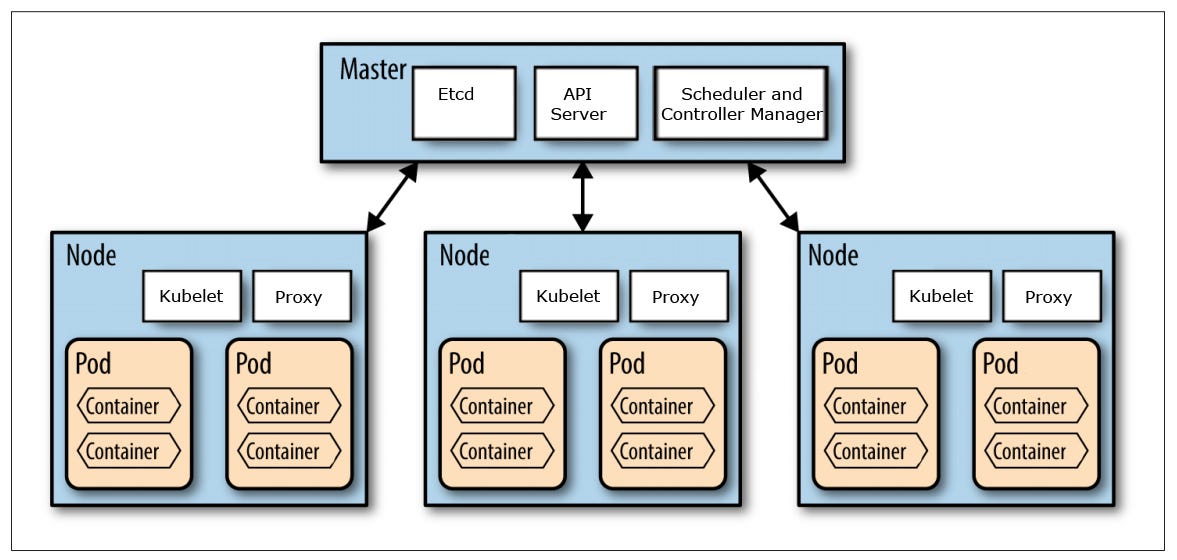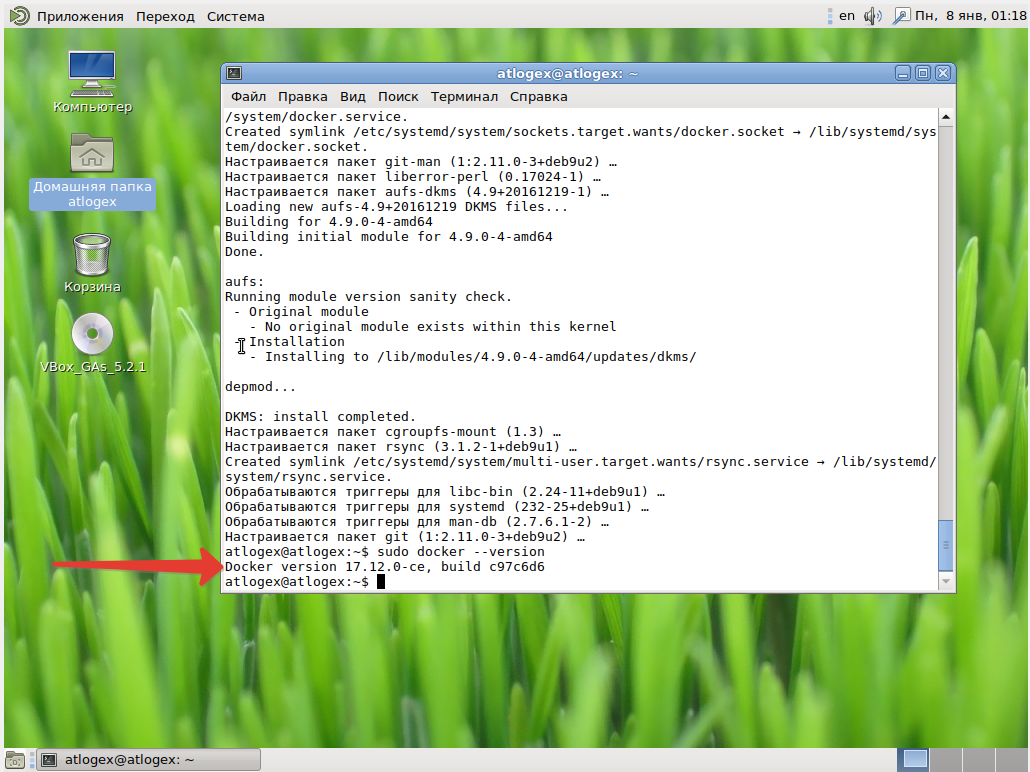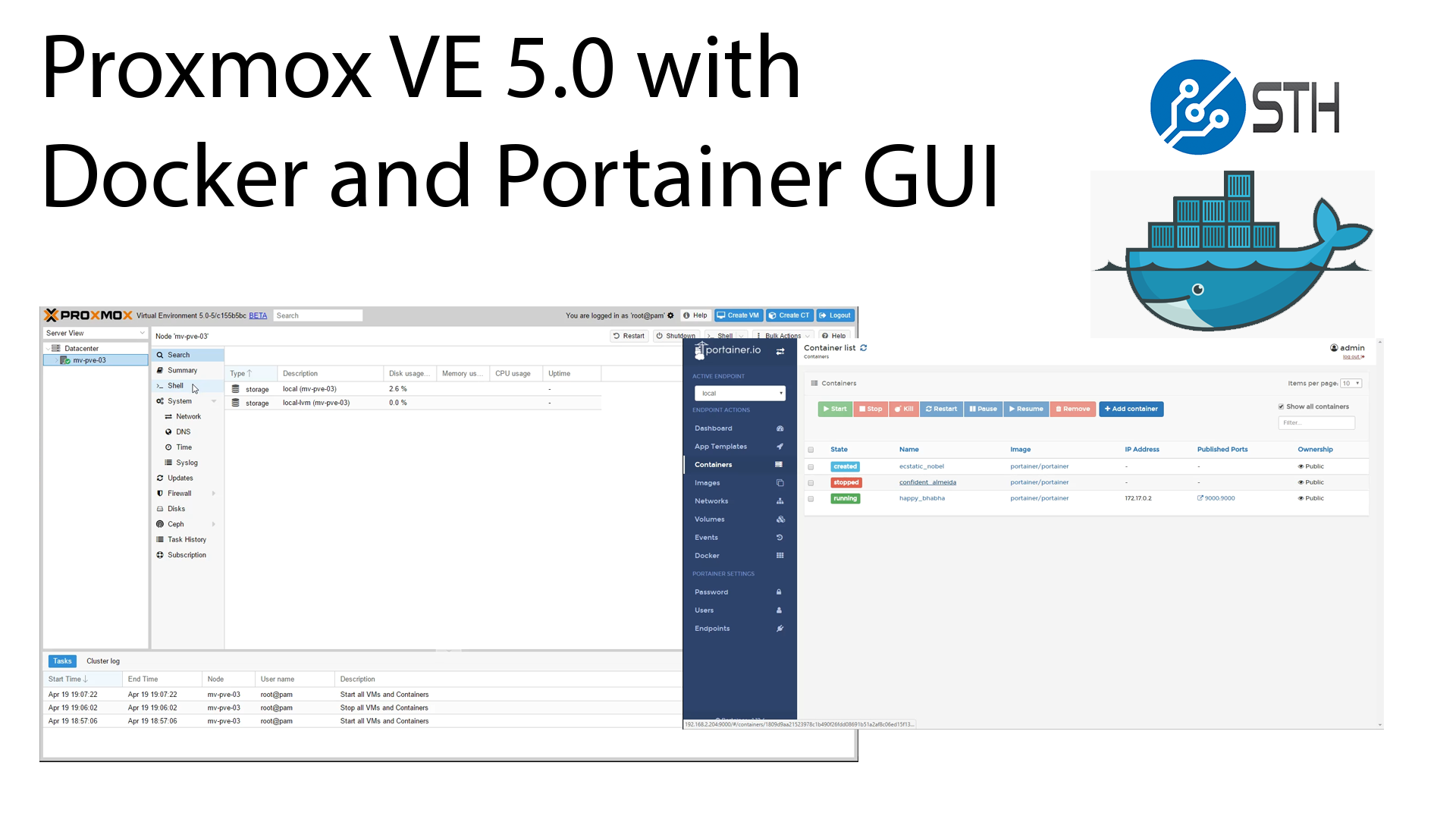- Installing GitLab Runner
The Docker Desktop installation includes Docker Engine, Docker CLI client, Docker Compose, Notary, Kubernetes, and Credential Helper. Install and run Docker Desktop on Mac Double-click Docker.dmg to open the installer, then drag the Docker icon to the Applications folder. The steps shared here are for the installation of Docker CE on RHEL 7 Linux. Docker is the main dominant container runtime engine used for Development and running of micro-serviced applications in production. If you are using or upgrading from a version prior to GitLab Runner 10, read how to upgrade to the new version.If you want to install a version prior to GitLab Runner 10, visit the old docs.
| Distribution | Version | End of Life date |
|---|---|---|
| Debian | stretch | June 2022 |
| Debian | buster | June 2024 |
| Ubuntu | xenial | April 2021 |
| Ubuntu | bionic | April 2023 |
| Ubuntu | focal | April 2025 |
| Mint | sarah, serena, sonya, sylvia | April 2021 |
| Mint | tara, tessa, tina, tricia | April 2023 |
| Mint | ulyana, ulyssa | April 2025 |
| RHEL/CentOS | 7 | June 2024 |
| CentOS | 8 | December 2021 |
| RHEL | 8 | May 2029 |
| Fedora | 32 | approx. May 2021 |
| Fedora | 33 | approx. Nov 2021 |
Prerequisites


If you want to use the Docker executor, make sure to install Docker beforeusing GitLab Runner. Read how to install Docker for your distribution.
Installing GitLab Runner
Install Docker On Debian Stretch
To install GitLab Runner:
Add the official GitLab repository:
Install the latest version of GitLab Runner, or skip to the next step toinstall a specific version:
Debian buster users should disable skel to preventNo such file or directory JobfailuresTo install a specific version of GitLab Runner:
After completing the step above, a runner should be started and beready to be used by your projects!
Make sure that you read the FAQ section which describessome of the most common problems with GitLab Runner.
APT pinning
A native package called gitlab-ci-multi-runner is available inDebian Stretch. By default, when installing gitlab-runner, that packagefrom the official repositories will have a higher priority.
If you want to use our package, you should manually set the source ofthe package. The best way is to add the pinning configuration file.
If you do this, the next update of the GitLab Runner package - whether it willbe done manually or automatically - will be done using the same source:
Updating GitLab Runner
Simply execute to install latest version:
Manually download packages
You can manually download and install thepackages if necessary.
Disable skel
Introduced in GitLab 12.10.
Sometimes the default skeleton (skel) directorycauses issues for GitLab Runner,and it fails to run a job. When installing GitLab Runner, set the environment variableGITLAB_RUNNER_DISABLE_SKEL to true before you install the package. This will createthe $HOME directory without the files inside of skel:
For example:
Upgrading to GitLab Runner 10
To upgrade GitLab Runner from a version prior to 10.0:
Remove the old repository:
Follow the same steps when installing GitLab Runner,without registering it and using the new repository.
For RHEL/CentOS/Fedora, run:
If you don’t run the above command, you will be leftwith no service file. Follow issue #2786for more information.
Help & feedback
Docs
Edit this pageto fix an error or add an improvement in a merge request.Create an issueto suggest an improvement to this page.
Show and post commentsto review and give feedback about this page.
Product
Create an issueif there's something you don't like about this feature.Propose functionalityby submitting a feature request.
Join First Lookto help shape new features.
Feature availability and product trials
View pricingto see all GitLab tiers and features, or to upgrade.Try GitLab for freewith access to all features for 30 days.
Get Help

If you didn't find what you were looking for,search the docs.
If you want help with something specific and could use community support,post on the GitLab forum.
For problems setting up or using this feature (depending on your GitLabsubscription).
Estimated reading time: 3 minutes
Docker Desktop for Mac is the Community version of Docker for Mac.You can download Docker Desktop for Mac from Docker Hub.

By downloading Docker Desktop, you agree to the terms of the Docker Software End User License Agreement and the Docker Data Processing Agreement.
System requirements
Your Mac must meet the following requirements to successfully install Docker Desktop:
macOS must be version 10.14 or newer. That is, Mojave, Catalina, or Big Sur. We recommend upgrading to the latest version of macOS.
If you experience any issues after upgrading your macOS to version 10.15, you must install the latest version of Docker Desktop to be compatible with this version of macOS.
Note
Docker supports Docker Desktop on the most recent versions of macOS. That is, the current release of macOS and the previous two releases. As new major versions of macOS are made generally available, Docker stops supporting the oldest version and supports the newest version of macOS (in addition to the previous two releases). Docker Desktop currently supports macOS Mojave, macOS Catalina, and macOS Big Sur.
At least 4 GB of RAM.
VirtualBox prior to version 4.3.30 must not be installed as it is not compatible with Docker Desktop.
What’s included in the installer
The Docker Desktop installation includes Docker Engine, Docker CLI client, Docker Compose, Notary, Kubernetes, and Credential Helper.
Install and run Docker Desktop on Mac
Double-click
Docker.dmgto open the installer, then drag the Docker icon to the Applications folder.Double-click
Docker.appin the Applications folder to start Docker. (In the example below, the Applications folder is in “grid” view mode.)The Docker menu in the top status bar indicates that Docker Desktop is running, and accessible from a terminal.
If you’ve just installed the app, Docker Desktop launches the onboarding tutorial. The tutorial includes a simple exercise to build an example Docker image, run it as a container, push and save the image to Docker Hub.
Click the Docker menu () to seePreferences and other options.
Select About Docker to verify that you have the latest version.
Install Docker On Debian 10 I386
Congratulations! You are now successfully running Docker Desktop.
If you would like to rerun the tutorial, go to the Docker Desktop menu and select Learn.

Automatic updates
Starting with Docker Desktop 3.0.0, updates to Docker Desktop will be available automatically as delta updates from the previous version.
Install Docker On Debian
When an update is available, Docker Desktop automatically downloads it to your machine and displays an icon to indicate the availability of a newer version. All you need to do now is to click Update and restart from the Docker menu. This installs the latest update and restarts Docker Desktop for the changes to take effect.
Uninstall Docker Desktop
To uninstall Docker Desktop from your Mac:
- From the Docker menu, select Troubleshoot and then select Uninstall.
- Click Uninstall to confirm your selection.
Important
Uninstalling Docker Desktop destroys Docker containers, images, volumes, andother Docker related data local to the machine, and removes the files generatedby the application. Refer to the back up and restore datasection to learn how to preserve important data before uninstalling.
Where to go next
- Getting started provides an overview of Docker Desktop on Mac, basic Docker command examples, how to get help or give feedback, and links to other topics about Docker Desktop on Mac.
- Troubleshooting describes common problems, workarounds, howto run and submit diagnostics, and submit issues.
- FAQs provide answers to frequently asked questions.
- Release notes lists component updates, new features, and improvements associated with Docker Desktop releases.
- Get started with Docker provides a general Docker tutorial.
- Back up and restore data provides instructionson backing up and restoring data related to Docker.
